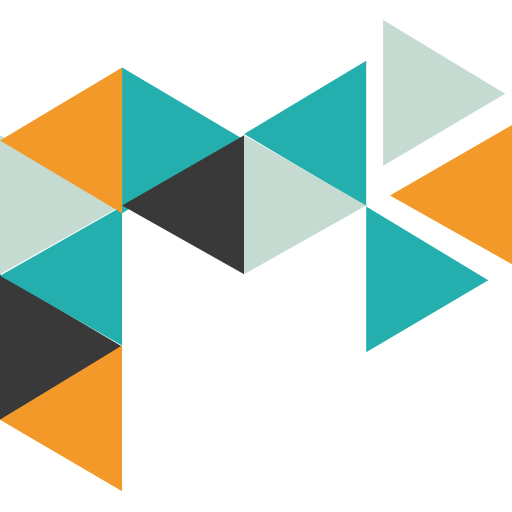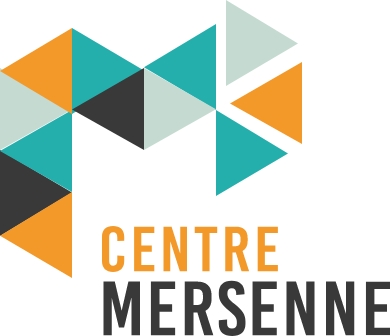Opportunity Study
Prior to creating a journal, it is important to determine whether it is long-term and relevant. The first questions that should be asked concern the journal’s objective in the short and medium term: why create a journal and what do we want to achieve in one year? in 3 years? How will this journal contribute to the research community?
This causes us to reflect on the journal’s identity:
- What is the journal’s specialised domain? What will be indicated in the “Aims and scope” section? Is there a long-term interest in this topic?
- Also, it is always interesting to know one’s competitors: are there other journals on this same topic? Are they open access? Do we need to be different?
- What fields will the journal deal with?
The answer to these questions should also relate to the intended audience. Is the audience composed of researchers only? Should papers on engineering or applied science be accepted? Are we also targeting the general public?
Once all these questions have been answered, you can think about your strategy: how, in a practical sense, will I achieve my specific objectives?
Editorial line
Once the market study is terminated, the journal’s clear editorial line and its identity need to be defined. Defining a journal’s identity must not be taken lightly: it cannot be reduced to a logo and the colours of the headings. It needs to correspond to the image that readers and the scientific community will have of the journal. Following is a suggested list of considerations to study when determining the identity of a scientific journal.
Scientific identity
- What is the journal’s specialised domain? What will be indicated in the “Aims and scope” section?
- What fields will the journal deal with? Should the journal be multidisciplinary or not? The founders of the journal must determine the journal’s scope: which fields will be covered and accepted for publication?
- What types of papers will the journal accept? Will authors be able to submit scientific articles only or will the journal also accept reports or scientific reviews?
- Who is the journal’s audience? A journal may only seek a national audience (i.e. publishing in the local language is relevant) or it may seek an international audience. In this case, a publication in English or in a bilingual format should be considered.
- What will be the journal’s main language? Will it be bilingual? What languages will be accepted? Are there plans to translate the articles? If the journal has an international scope, a majority of its articles should be in English. Some platforms even impose the English language for the entire journal.
- Will the journal be thematic? In a thematic journal, each issue is devoted to a specific theme. A thematic journal requires a specific call for papers for each issue, specifying the theme
Publishing features
- Will the journal be published in digital format? paper? both?
- What will be the journal’s periodicity: annual, quarterly, monthly, or ad hoc?
- What will be the annual publishing volume (number of pages, articles…)?
- How will the journal be structured? A journal may be organised by volumes or by issues. A structure by volumes implies a unit per volume (thematic, chronological…) whereas issues will only indicate a chronological sequence. Also, if you choose to structure by numbering issues, it will be necessary to choose between continuous numbering or an annual reset to 1.
- What determines the type of pagination? Usually, each issue starts on page 1. Yet, some journals choose consecutive page numbering, especially when they are organised in volumes.
- What is the timeframe for assessing an article? What time span between submission and publication of an article?
Types of publications
What type of articles will be accepted?
- scientific articles
- lecture notes
- literature reviews
- case studies
- …
Will the assessment process differ according to types of articles?
The journal’s identity
Editorial and writing standards
What are the typographical syntax rules?
Typographical syntax, or orthotypography, relates to the typographical rules. Each journal can have its own rules, but consistency must be maintained throughout publishing. For example, in a French/English bilingual publication, where should the notes flagged by a superscript be placed? In French, the superscript is placed before the punctuation, whereas in English it is placed after. The journal will need to decide whether to harmonise by adopting the same rule for all languages or whether to keep separate rules for each language. The appropriate rule will then be implemented to all of the journal’s issues. Another aspect concerns quotation marks: will the French or English quotation marks be used? Will quotation marks be adapted to the language of the article or will publications be harmonised?
Which standards are adequate for bibliographic references?
There are many different bibliographic styles. Certain scientific fields or disciplines are especially fond of certain styles. Hence, it is necessary to determine the bibliographic style required of authors when submitting articles.
Formats
In order to simplify the review process, it is important to predefine the required document formats. They will then be specified for authors in the guidelines on the journal’s website.
What formats are required for submissions?
Articles : Word, TeX,…
Illustrations: integrated in the article? in a separate file? In what format?
Additional materials: which formats are accepted? How is this data stored? Some journals, such as the Journal of Theoretical, Computational and Applied Mechanics, request that additional data be made publicly available via a data warehouse, e.g. Zenodo, PANGAEA or SoftwareHeritage.
Which export format for bibliographic references? Bibliographic references can be provided in several export formats (BibTeX, RIS, Refworks format, etc.): which ones will be available on the journal’s website?
Which formats for dissemination?
Articles can be published online in different formats: HTML, PDF, TeX…
Similarly, which formats for storing additional materials?
Identifiers
A DOI will be attributed to each article.
In addition, which identifiers will be requested from authors and displayed in the articles’ metadata? There are indeed different researcher identifiers: IdRef, ISNI, VIAF, idHAL, ORCID, ScopusID, ResearcherID… Should authors be allowed to indicate them all? Or should only some of them be indicated? None?


